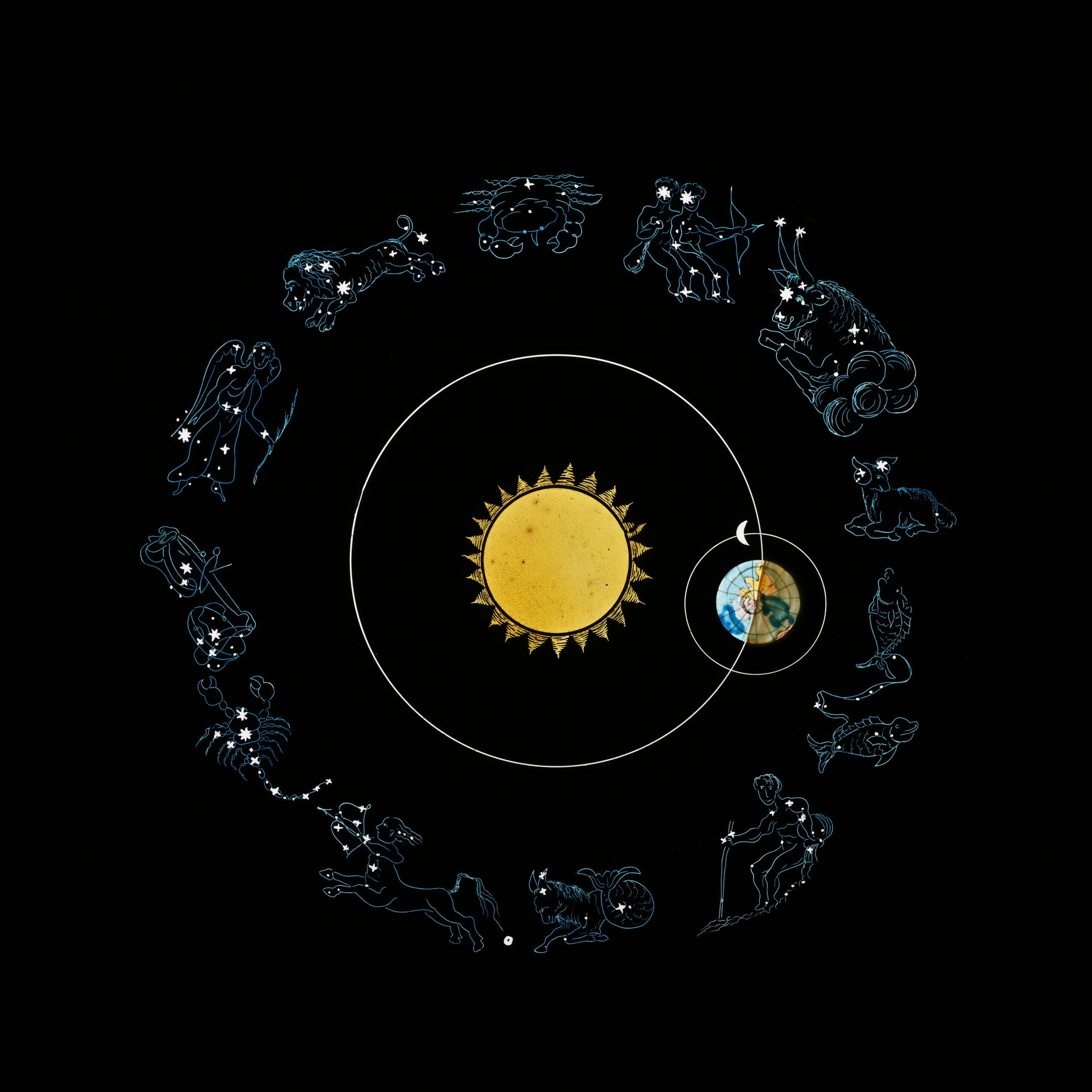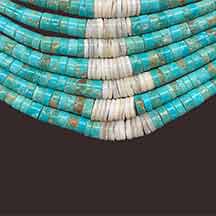American Quilts: Stories of Perseverance
American Quilts The art of quilting can be found in nearly every culture. Quilters define a quilt as three bound pieces of cloth: the decorative top, the side displayed on a wall or bed, batting in between to keep you warm, and a back to bind them all together. Americans have created quilts for centuries, … Read more



